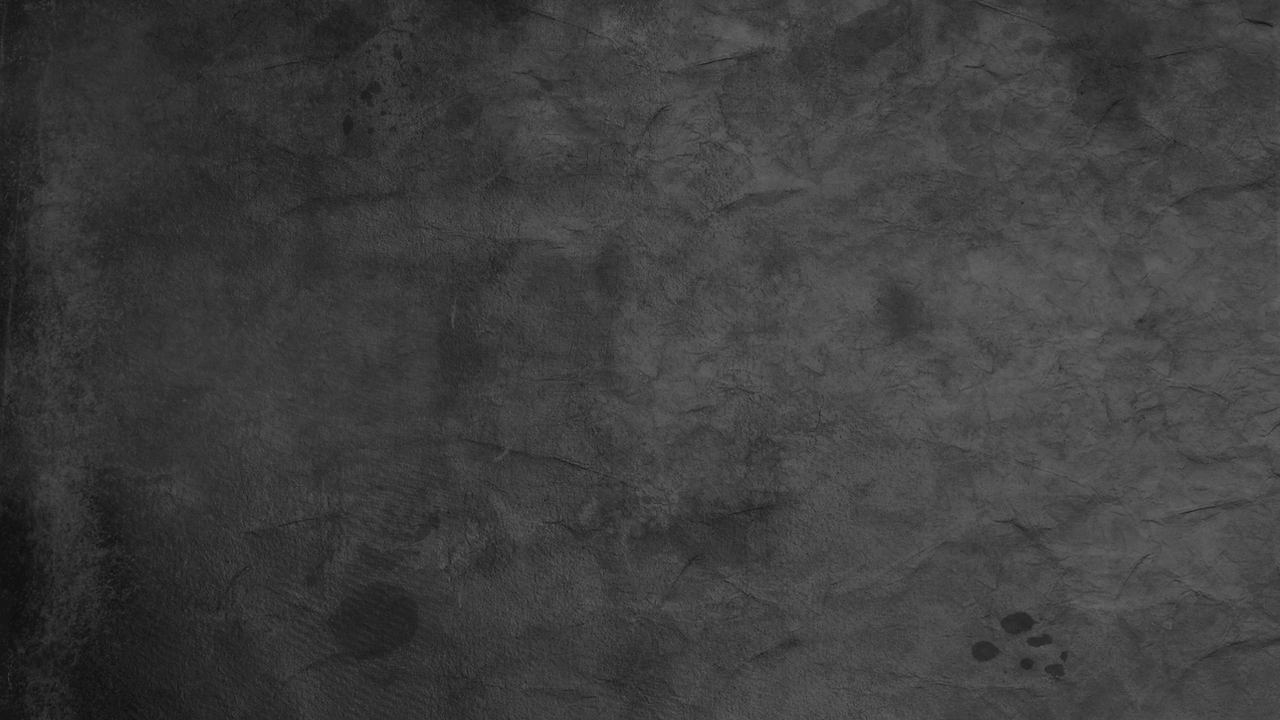
Milan Goldschmiedt started his career in his hometown of Zagreb, around 1948, in a stimulating atmosphere characterised by a plethora of exciting projects. His earliest experiences were in the fields of illustration, in the form of caricatures and comic strips that displayed both his easy, self-confident style and the streak of surreal humour that came to mark much of his future work.
He contributed to the satirical weekly Kerempuh, the leading newspaper Vjesnik and other publications.
In 1949 he joined the group of artists who founded Duga Film, which subsequently became the famous school of modern animation. Goldschmiedt later pursued the same line of enquiry in Milan, the United States and other parts of the world, supplementing animation with theatre design and, particularly, advertising graphics.
He settled in Italy in 1952, after having travelled in many countries, concentrating on advertising graphics, both with his own agency and as a freelancer. As an art director he worked on many important jobs with leading companies in numerous fields, focussing particularly on packaging and often creating especially brilliant, innovative, witty and rational designs.

In addition to this more constructive approach, Goldschmiedt’s imagination also expressed itself – often very successfully – in the design of catalogues, logos, symbols, advertising features, posters and calendars, as well as the covers and graphic design for the catalogues of his exhibitions and essays about himself.
Between 1969 and 1972 he returned to comic strips for the last time, inventing amusing but also psychologically perceptive characters such as Grap Vinelli, an innocuous drunkard with a huge red nose; Jan Jasper, a clear parody of Sherlock Holmes; Don Vincenzo, a meek and unassuming country priest; and the black humour of Oliver, a grim-looking and bad-tempered madman. The dialogues possess the directness and dazzling succinctness with which the artist unfailingly later titled his paintings: witty and sharp, clever and apt.
In 1974, at the height of a career that promised him great renown, Milan Goldschmiedt definitively decided to dedicate himself wholly to painting, which from that moment onwards became the main focus of his life as an artist. A distinctive feature of his work is that, usually in the field of painting, he starts with an expression of the essential bordering on the abstract, subsequently developing a more pronounced propensity for narrative, metaphor and content, albeit tempered by a carefully calibrated equilibrium between the “story” and its idealised depiction.
From a purely technical point of view Goldschmiedt has undoubtedly drawn on his extensive previous experiments, as demonstrated by the rigour of his “register” drawing perfected at the light table, the compositional self-assurance of the relationship between figures and scenery, and his choice unlimited by themes and inventions.

